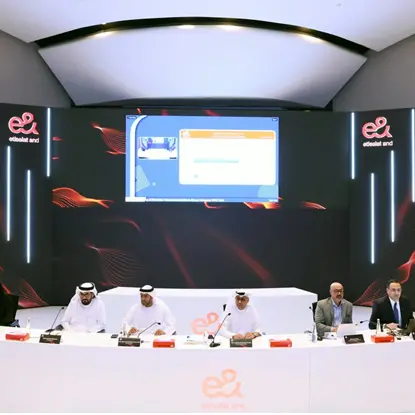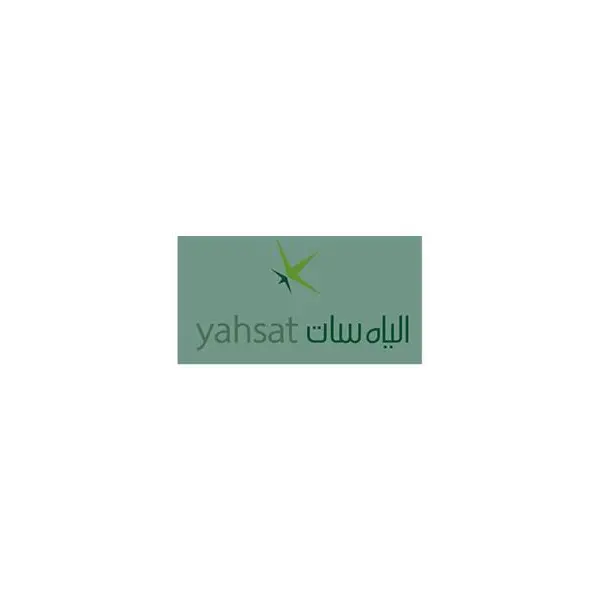RAM Ratings has assigned a final rating of AA1/Stable to Malaysia Building Society Berhad's (MBSB or The Company) RM900 million Tranche 3 Structured Covered Sukuk (Tranche 3 Covered Sukuk). Tranche 3 is the third issuance under MBSB's RM3 billion Structured Covered Sukuk Commodity Murabahah Programme (Programme). To date, RM1,195 million has been drawn against the Programme. The sukuk may be considered a form of covered bonds as the sukuk holders have dual recourse, first to the issuer (when solvent), and then to a pool of securitised assets (upon default by the issuer).
The AA1 rating is notched up from MBSB's long-term A2 financial institution rating and reflects the quality of the securitised assets as well as the supporting securitisation structure. RAM highlights that the transaction benefits from a portfolio of cover assets (Tranche Cover Assets) comprising personal-financing receivables, via a guarantee extended by Jana Kapital Sdn Bhd. The underlying collateral is viewed as being of good quality, given the non-discretionary direct salary deductions for repayment, which help minimise exposure to the credit risk of the borrowers. Any change in MBSB's long-term rating, the interruption risk ("I-risk" - as defined in RAM's Approach to Analysis of Covered Bonds) or the overcollateralisation (OC) ratio may lead to a change in the rating of the Structured Covered Sukuk.
MBSB's rating incorporates our expectation of continuous shareholder support from the Employees Provident Fund. With MBSB's proposed merger with CIMB Group Holdings Berhad and RHB Capital Berhad now aborted, the Company has reiterated its focus on diversifying its financing portfolio into the corporate sector. MBSB also plans to undertake a cost rationalisation exercise and align its policies with industry best practices and banking standards. The rating of the Tranche 3 Covered Sukuk is supported by an OC level of 37%, which we deem sufficient to protect against the risks of default and prepayment while allowing timely and full payment of profit and principal obligations on the Sukuk under an "AA1" stressed scenario.
We highlight that the much higher apparent OC for the Tranche 3 Covered Sukuk is mainly due to the much longer tenure of the cover assets (WA remaining tenure of 13 years) vis-à-vis the Sukuk's tenure (10 years), leaving a considerable amount of cashflow not collected after the last scheduled maturity date. This has not been given any credit benefit in RAM's analysis, though it continues to form part of security for the sukuk holders. Liquidity risk is substantially mitigated as the Tranche 3 Cover Assets are near-static, with the Tranche 3 Covered Sukuk's redemption schedule matched against the securitised assets' expected cashflow under stressed conditions. This reduces exposure to market risk, particularly in a nascent covered-bond market where a sufficiently liquid and transparent market for the secondary trading of financial assets has yet to be established.
We highlight that MBSB is currently preparing to perform its own salary deduction directly from the Accountant General's (AG) office instead of via Biro Perkhidmatan Angkasa (BPA). Upon completion of the exercise, some of its existing receivables that are serviced through selected AG's offices will be transferred to its own salary deduction platform gradually. However, we understand that all the Tranche Cover Assets under the Programme will remain with BPA. As such, our assessment of the transaction's I-Risk is still well contained at "average".
The transaction is exposed to some degree of commingling and clawback risks as salary deductions for repayment are first deposited in MBSB's account before being segregated and transferred to designated account for the transaction. While the sukuk holders have security over the securitised assets, their access to these assets may be frustrated in the event MBSB becomes bankrupt or goes into liquidation. That said, we believe these risks are remote and are moderated by the liquidity reserve account to bridge any cashflow interruption during the interim period, when the cashflow switches from the issuer to the Tranche Cover Assets. This reserve threshold will increase if the rating drops to BBB3 or lower. To protect the interests of the sukuk holders, the transaction includes an asset coverage test (ACT) to ensure that the OC is maintained at the minimum level of 37% as well as various Stop-Issuance Triggers to stop further issuances. Failure to remedy a breach of the ACT within 6 months will constitute an issuer event of default.
Media contact
Lim Chern Yit
(603) 7628 1035
chernyit@ram.com.my
© Press Release 2015










